10 Tips for Better Monitoring
You might have the best monitors in the world, but if you don’t set them up, place them, or use them correctly, you might just as well try using a couple of Coke cans tied to a piece of string. Here’s our advice for getting the best from your studio speakers… 1. Get good monitors […]
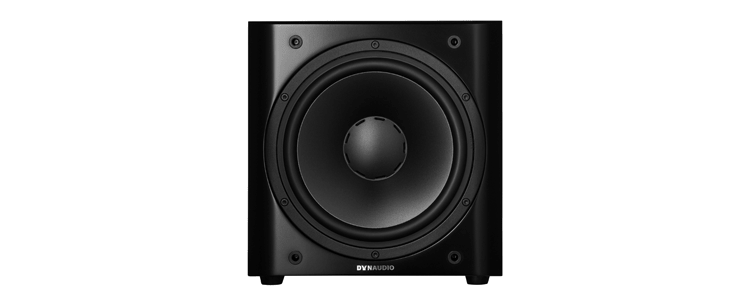
You might have the best monitors in the world, but if you don’t set them up, place them, or use them correctly, you might just as well try using a couple of Coke cans tied to a piece of string. Here’s our advice for getting the best from your studio speakers…
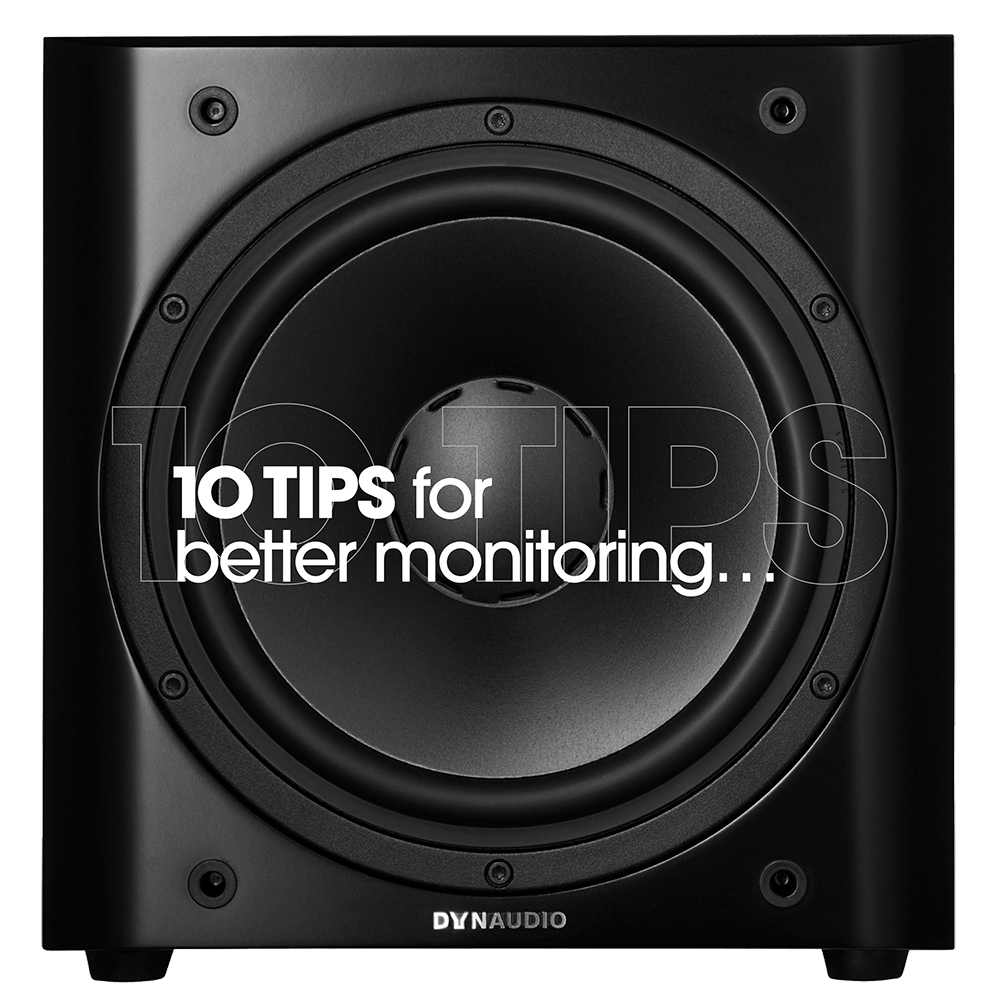
1. Get good monitors
We’ll start with the obvious: get a pair of fantastic studio monitors, as good as you can afford. Use our monitor Buyer’s Guide to choose, but essentially, what you’re looking out for is a flat frequency response, since that means accuracy.
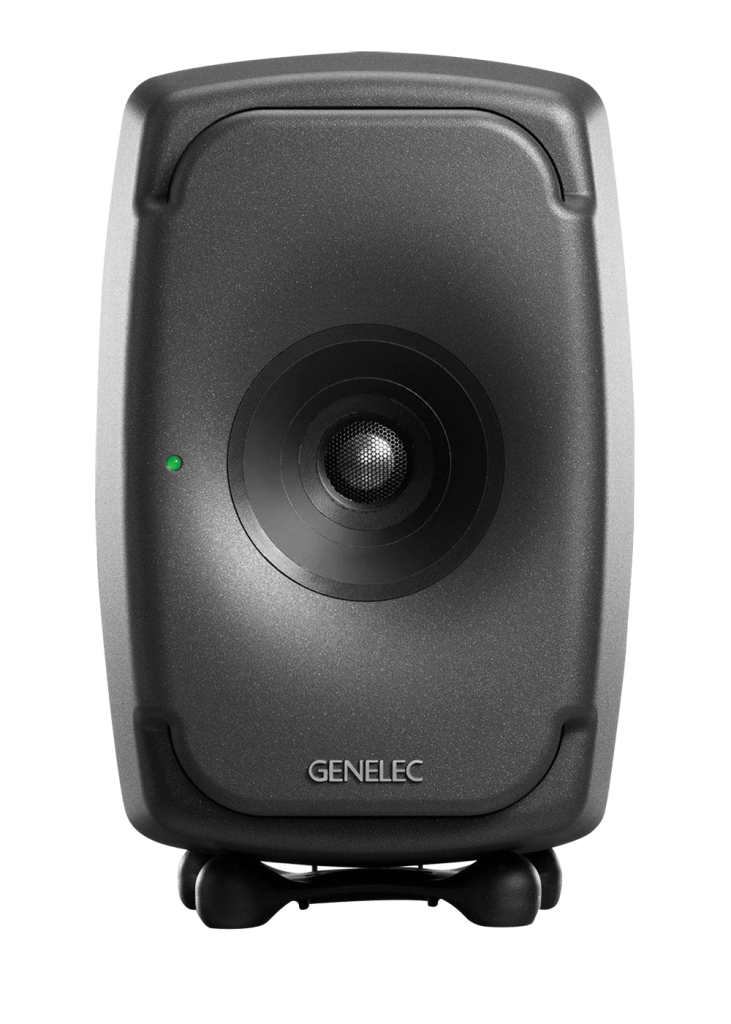
If what you are hearing is accurate, then what you mix will accurately translate to your listener’s systems. If your monitors are lying to you – giving you too much bass, for example – you’ll pull back on the bass when mixing with them and that will mean your mixes will sound weedy on other setups. So make sure your monitors are telling you the truth!
2. Perfect placement
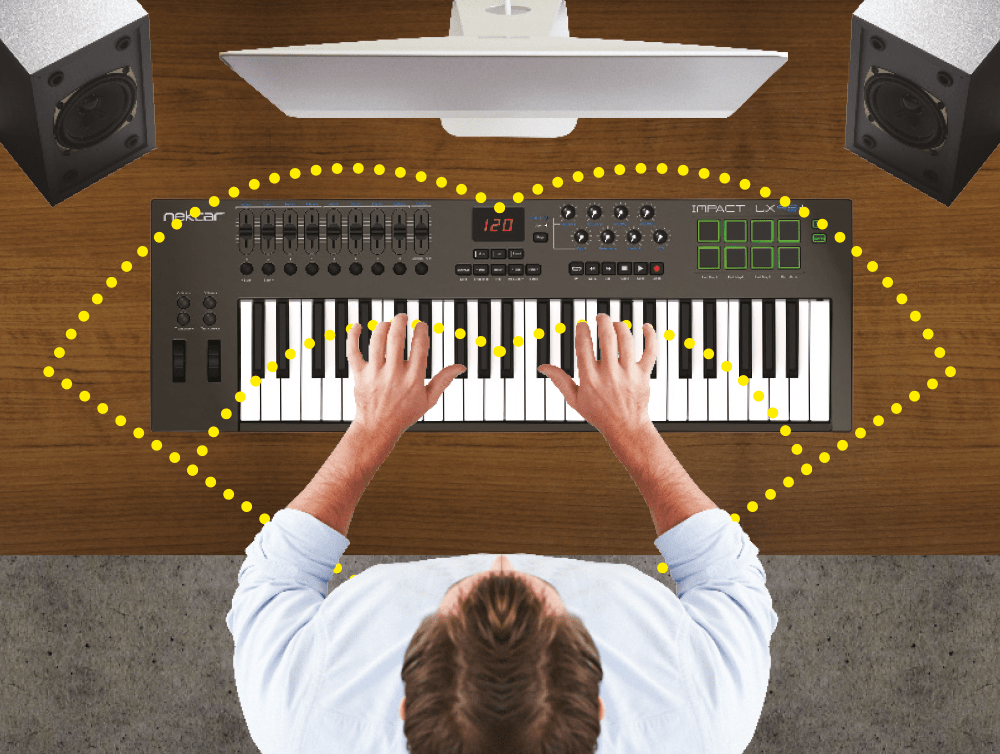
Now you have the perfect monitors, you’ll want to place them in the perfect position. That means: not too close to any surface like walls, at ear height (the tweeters should be level with your ears) and if you have any doubt about where you should have them in relation to where you’re sitting, think of yourself as the third point in an equilateral triangle and your monitors as the other two points – all equidistant at one to two metres from one another.
3. Placement, part two
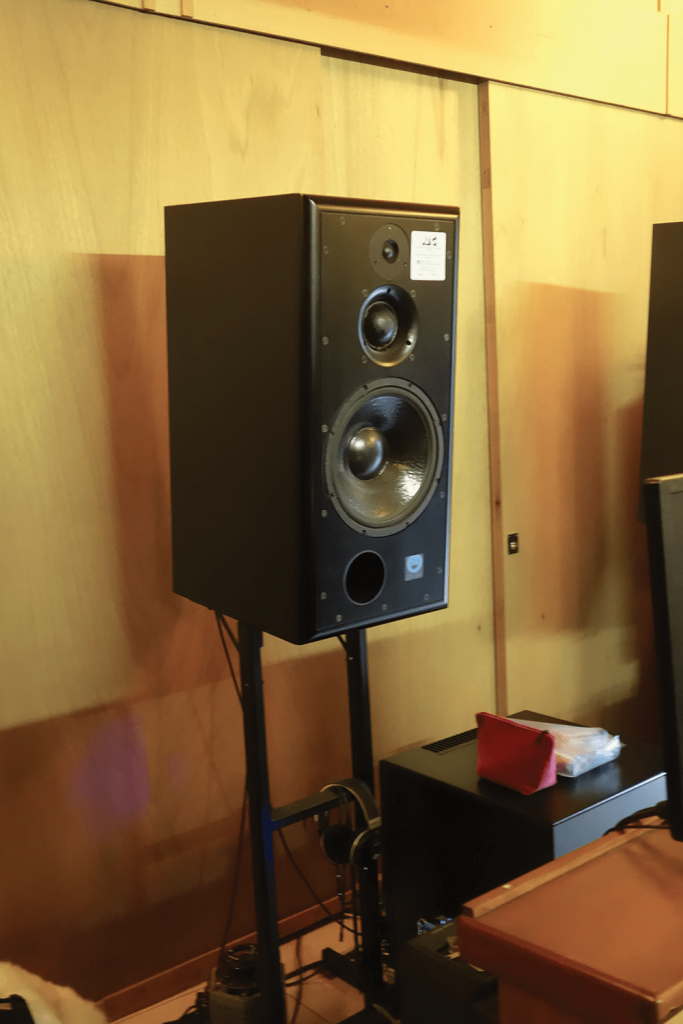
The surface that you put your monitors on is also very important. In fact, try not putting them on any surface if you can – especially not on a desk, which can absorb certain frequencies and enhance others. You’re best off using speaker stands, so you can adjust the height if necessary and also use plastic feet to help prevent speaker vibration.
4. Take time to set up
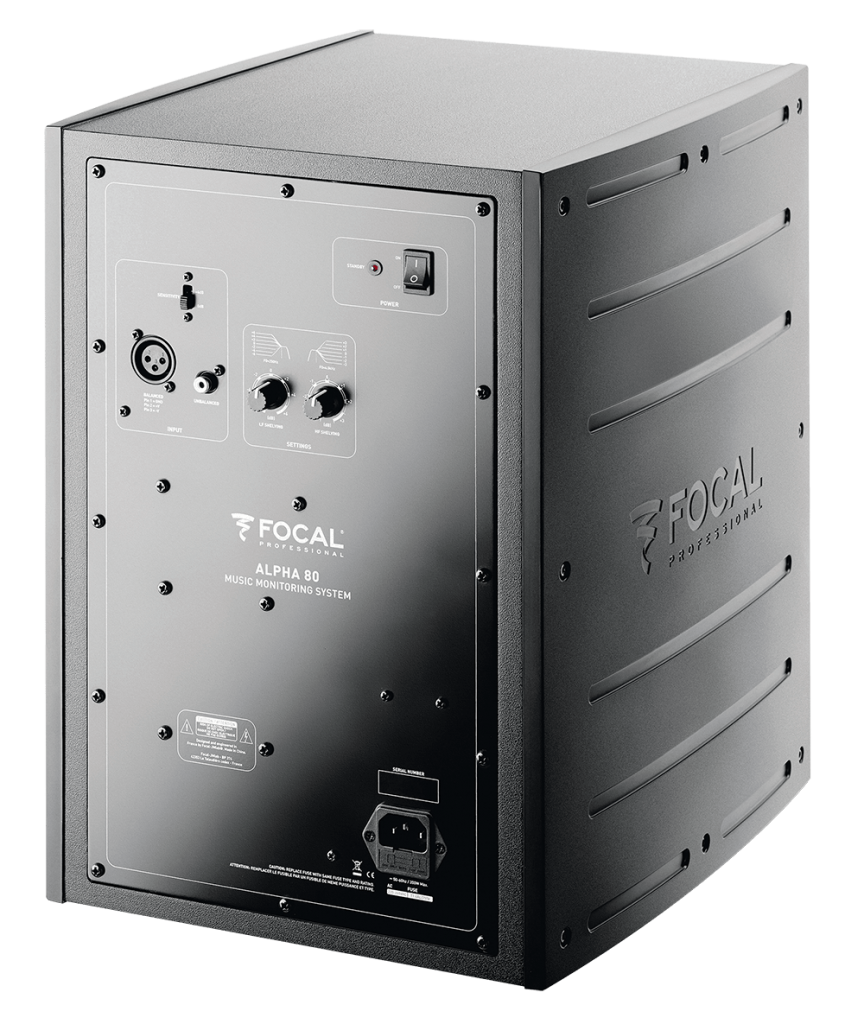
A lot of monitors have controls around the back, maybe simple EQs (like the Focals in the picture), or maybe a ton of DIP switches to select. Dynaudio monitors even have a selection button that you use if you’re placing your monitors close to a wall. But the important thing to take care of is that you spend time learning what each of these controls do and you set them correctly. So take your time, play some mixes through your monitors that you know intimately and get your sound balanced and true – because how you set your speakers up at the start will determine how your mixing life progresses…
5. Not too loud, okay?
We shouldn’t have to spell this one out, but you should never monitor at loud levels. Well, perhaps the odd, short loud blast at the end of a session to really enjoy your work, but that’s it, okay? Your ears are the most important mixing organ on your body and your hearing will diminish by itself as you grow older, without you doing more harm by mixing at supersonic levels. So do your head flaps a favour and pull back that volume…
6. Don’t listen for too long
What’s the ideal length of time for a mixing session? A couple of hours? A day? A lengthy 48-hour stretch with no sleep? Well, it’s obviously not the latter… You need to give your ears a rest. Some producers even argue that you shouldn’t go any longer than 45 minutes before you give yourself a breather and we’d go along with this advice. Taking a break once an hour is a great way to rest your ears and gather perspective. You might be churning away on an eight-bar loop getting nowhere and a simple five-minute break might get you back on track (or make you realise just where the delete button is).
7. Get two sets of monitors
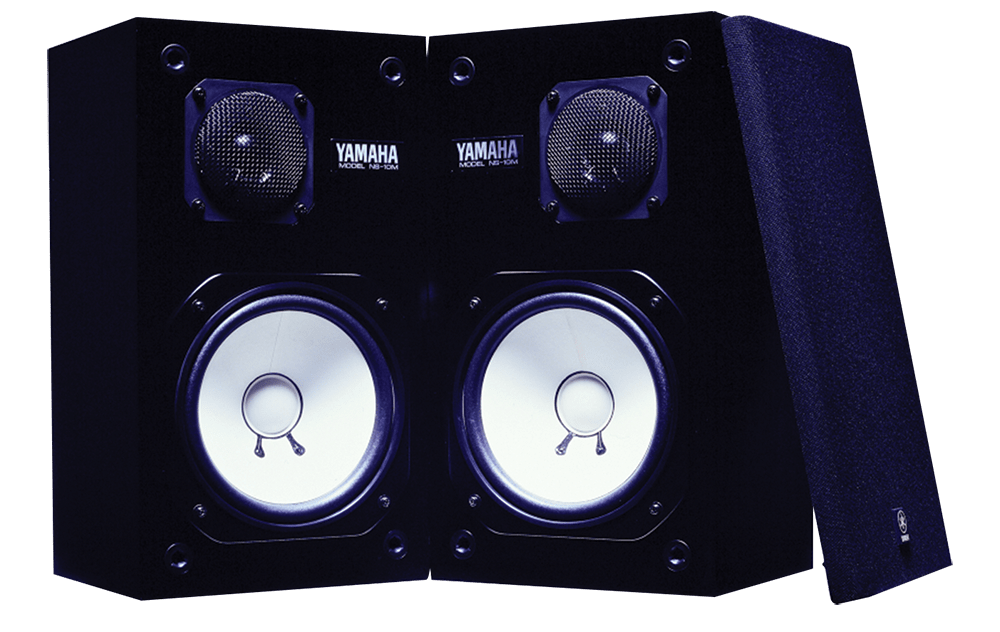
That’s easy for us to say, right? We’ve just told you to spend a fortune on a set of monitors (Tip 1) and now we’re telling you to get another set? We’re having a laugh, right? Wrong. Actually, getting a vibey, cheap set of speakers to do lengthy mixes can be a good idea because they’ll keep your enthusiasm going and won’t wear your ears down (which accurate speakers can do).
You use them for the bulk of the session and then return to your accurate speakers to make level and balance tweaks. Some mix engineers also use second reference monitors, such as Yamaha NS10s, as they know very well how a mix on them will translate.
That argument also follows when using a mono monitor, or one like the famous Auratone used to replicate a consumer playback speaker; the thinking being: ‘If you can make the mix sound good on this speaker, then it will sound good anywhere…’
8. Listen in three dimensions
Make sure your monitors are good enough so you can listen to your mixes in three dimensions. There’s left and right with panning and up and down with volume, that’s two easy dimensions to fill, right there. But also try and envisage your mix in a third dynamic dimension.
Make sure the frequencies are filled as much as the width and height. Get everything from sub basses to high-frequency thrills in your mix and you’ll have a dynamic range that everyone can appreciate, so use your monitors to explore this 3D space.
9. Add a sub
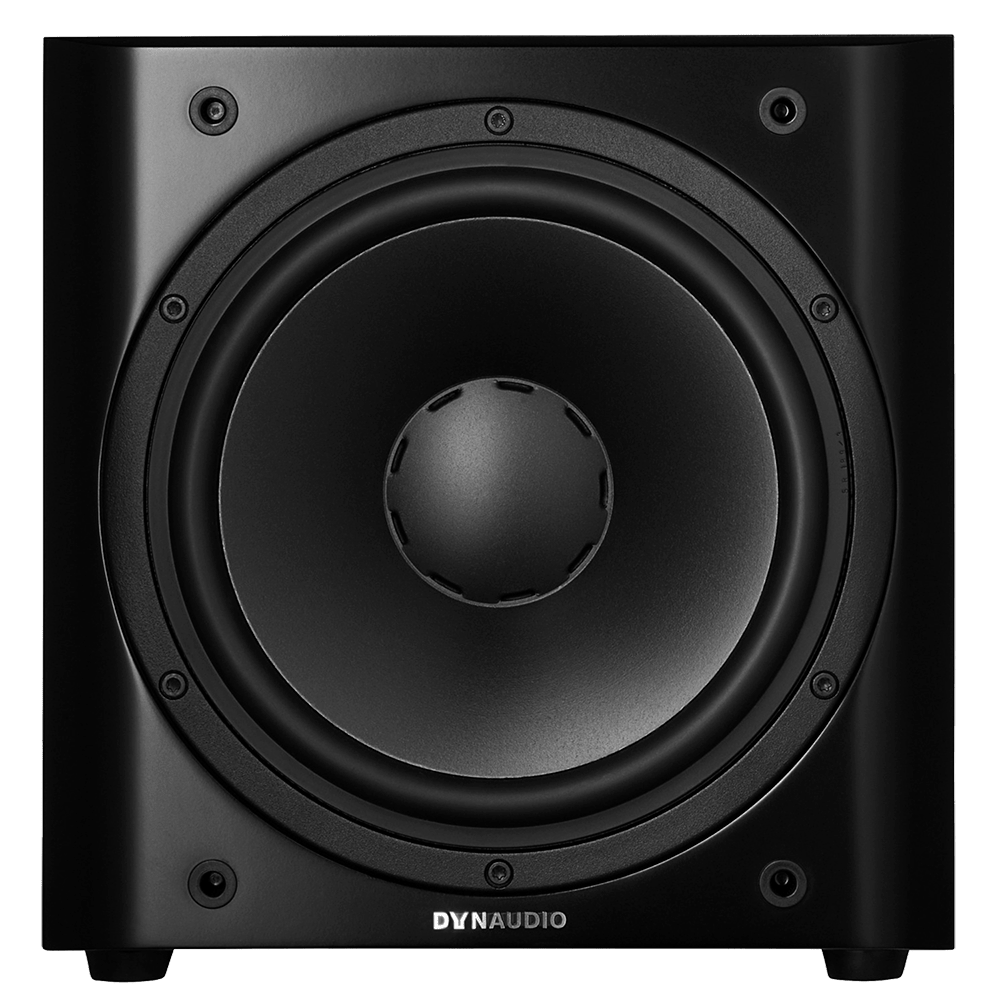
In a perfect scenario, your monitors will give you extreme accuracy across a vast frequency range. But the chances are, your monitors don’t do all of that. Many will deliver the highs, but only take you down to around 40-50Hz. A cost-effective way around this is to add a dedicated subwoofer that can deliver the lows. It won’t (and shouldn’t) give you extra bass, but it will reveal what is going on down there, so you can control your bottom end more.
10. Don’t use your monitors at all
Eventually, that is… So your ideal mixing process could look as follows: you do the bulk of your mixing on vibey speakers, then carry out your final surgical-precision changes on accurate monitors before then ceasing to use your studio monitors altogether. This point in the process is the right time to start testing your mix on everything else. That means headphones, cheap hi-fis, WiFi speakers, car stereos, anything you can lay your ears on… You’ll be surprised what even the worst Coke-can-style speakers can reveal.